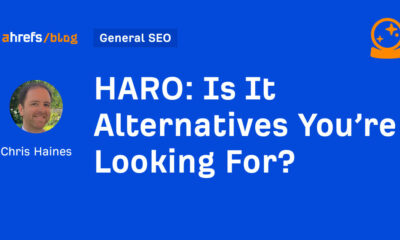Understanding your current business processes, knowing how to measure success, and being able to identify where you are looking for improvements, are all critical pieces of the customer journey orchestration (CJO) tool decision-making process.
Before beginning the process, it’s important to know the different kinds of benefits associated with CJO solutions.
Adopting a platform that gathers, visualizes, analyzes and acts upon data across all of your customer touchpoints can yield significant benefits. Here are some of these benefits.
Improved alignment among business units. Committing to customer journey analytics and orchestration requires that every business function — marketing, sales, customer service, product development — contribute data on the points where they touch the customer throughout the life cycle. This knowledge sharing and coordination, as well as the insights gained by doing so, can help align the various business units by giving them a common view of the customer and allowing them to agree to overarching goals.
Increased revenue. At its most basic level, customer journey orchestration can enable businesses to identify roadblocks that are preventing prospects from making purchases, thereby improving return on marketing investment. More broadly, however, truly understanding your customer and focusing on providing them with what they’re seeking for the duration of your relationship can pay dividends for the longer term, resulting in cross-sells, up-sells, repeat purchases and brand advocacy.
More agile marketing and operations. The rapid changes in social and purchase behavior brought about by the COVID pandemic served as a lesson to many business leaders, hammering home the importance of listening to customers and prospects in real-time. The data and insights gathered through practices like customer journey orchestration allow businesses to more quickly pivot to respond to customer needs as the environment changes.
A better relationship with your customer. Some of the biggest trends to emerge from the COVID pandemic have nothing to do with illness or even working from home. All of the shake-ups to our normal routines, as well as the re-examination prompted by social movements like Black Lives Matter, have customers looking for a different type of relationship with the businesses they patronize. This is manifesting in two ways.
Multiple surveys indicate that customers are seeking businesses that understand them — that empathize with their needs. One in four respondents to a Deloitte global consumer survey strongly agreed that they walked away from brands they believe acted in self-interest. “Simultaneously, more than 70% agreed that they valued the digital innovations that deepened their connection with others during COVID-19,” Deloitte’s 2021 Global Marketing Trends report said.
Additionally, customers are increasingly turning to businesses whose values align with their own, such as those that commit to addressing systemic racism and inequality. Though customer journey orchestration solutions can’t make a business more human, empathetic or socially conscious, they can help businesses understand their customers’ values and concerns. They can also help them express that understanding when they interact with customers.
Get the daily newsletter digital marketers rely on.
Do you need a CJO tool?
After fully understanding the benefits that CJO can offer an organization, it’s time to ask questions specifically about your business.
Deciding whether or not your company needs a CJO tool calls for the same evaluative steps involved in any software adoption, including a comprehensive self-assessment of your organization’s business needs, staff capabilities, management support and financial resources.
Use the following questions as a guideline to determine the answers.
Have we identified our goals for CJO? Implementing a customer journey analytics program can provide many benefits, but it’s critical that you reflect on what you want to achieve with this investment. Do you want to optimize your marketing spend? Are you seeking to improve customer lifetime value?
Does your organization have a culture that ensures all of the relevant departments will support CJO and contribute siloed data as necessary? The success of a customer journey orchestration depends on participation from all touchpoints — marketing, sales, customer service, etc. Does your organization have a culture that will support participation?
Do we have C-suite buy-in? Adopting customer journey analytics, as mentioned above, requires the cooperation of multiple departments within the organization. Therefore, having a C-suite advocate that can help establish the program as a priority across departments, is critical for success.
Who will “own” CJO? Marketing, sales, product and customer service must all contribute, and all can benefit, but you’ll need to decide who is leading the charge.
Can we invest in organizational training? Many of the benefits of customer journey analytics can only be realized through shifting the way businesses think about their customers — by adopting a customer-first focus. Changing perspectives throughout the business may require training and education, as well as long-term changes in processes.
Have we established KPIs and put a system in place for tracking, measuring and reporting results? Once you’ve established your goals and communicated them throughout the organization, you’ll need to decide on the metrics that are most important to your efforts and monitor your progress in achieving them. You may consider doing a proof-of-concept with low-hanging fruit to demonstrate the benefits of the approach to various stakeholders.
Download the full report: Enterprise Customer Journey Orchestration Platforms: A Marketer’s Guide

















You must be logged in to post a comment Login